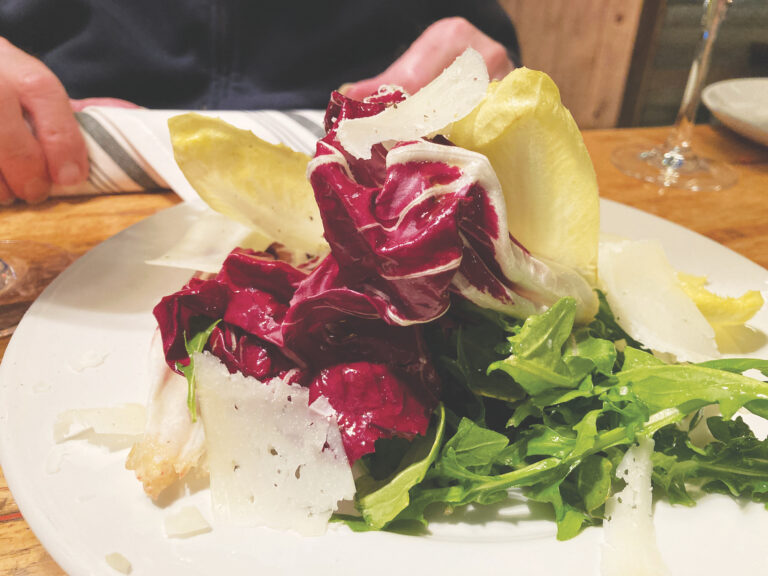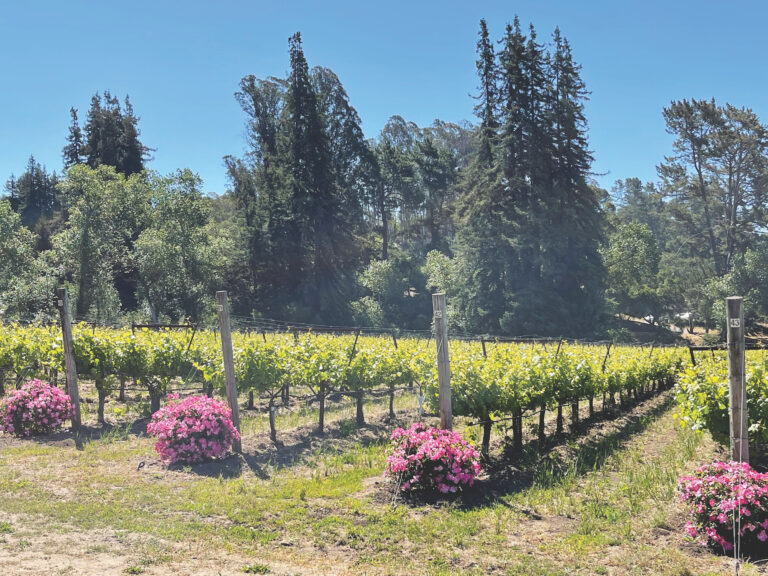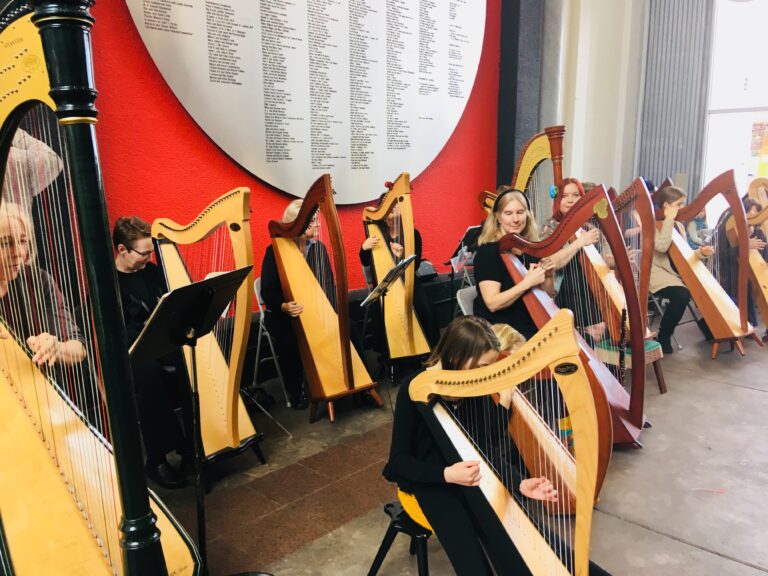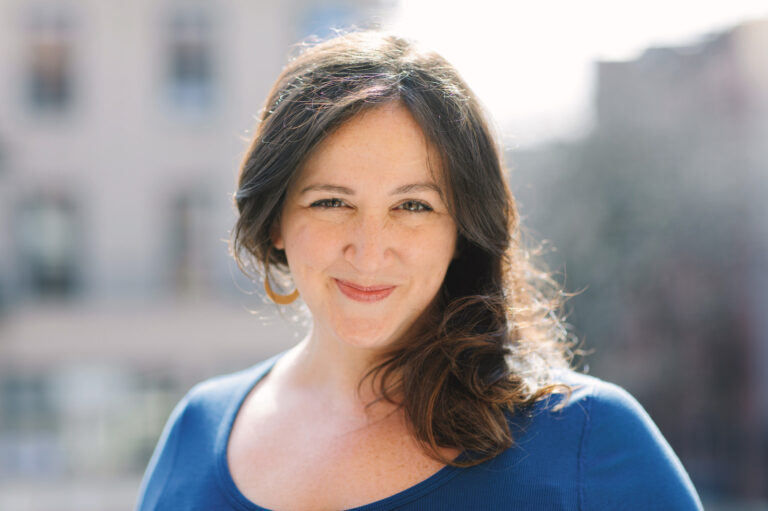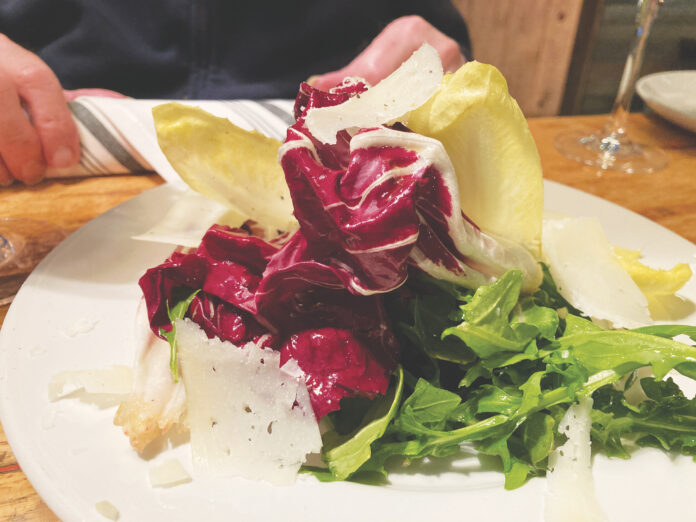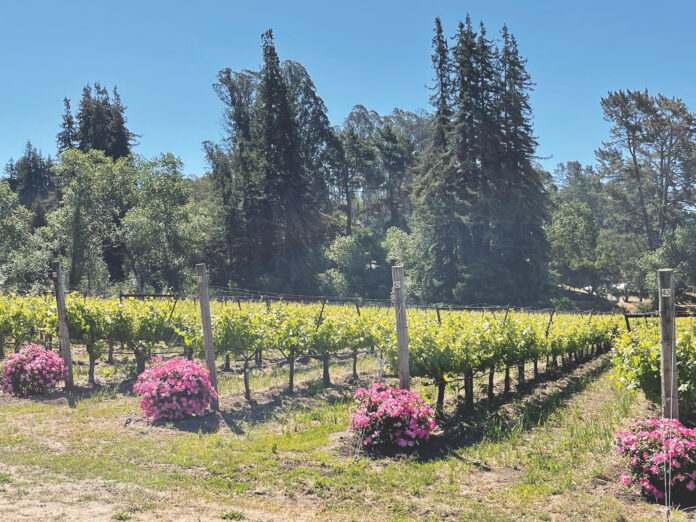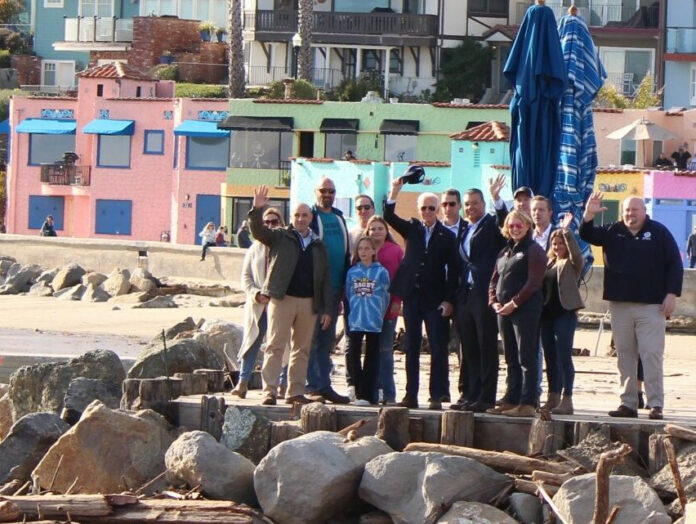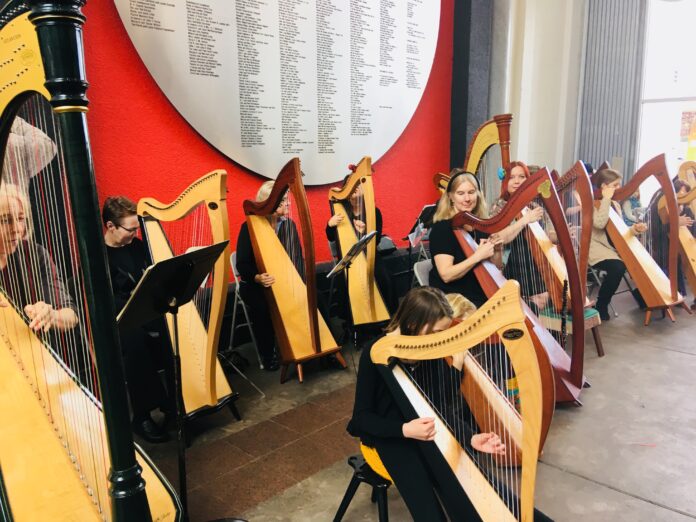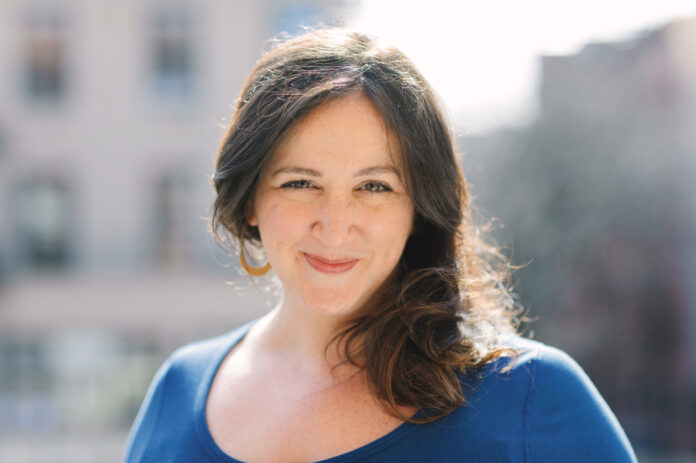ARIES (March 21-April 19): Noah Webster (1758–1843) worked for years to create the first definitive American dictionary. It became a cornucopia of revelation for poet Emily Dickinson (1830-1886). She said that for many years it was her “only companion.” One biographer wrote, “The dictionary was no mere reference book to her; she read it as a priest his breviary—over and over, page by page, with utter absorption.” Now would be a favorable time for you to get intimate with a comparable mother lode, Aries. I would love to see you find or identify a resource that will continually inspire you for the rest of 2023.
TAURUS (April 20-May 20): “The aspects of things that are most important for us are hidden because of their simplicity and familiarity.” So declared Taurus philosopher Ludwig Wittgenstein in his book Philosophical Investigations. Luckily for you Tauruses, you have a natural knack for making sure that important things don’t get buried or neglected, no matter how simple and familiar they are. And you’ll be exceptionally skilled at this superpower during the next four weeks. I hope you will be gracious as you wield it to enhance the lives of everyone you care about. All of us non-Bulls will benefit from the nudges you offer as we make our course corrections.
GEMINI (May 21-June 20): Poet Carolyn Kizer said the main subject of her work was this: “You cannot meet someone for a moment, or even cast eyes on someone in the street, without changing.” I agree with her. The people we encounter and the influences they exert make it hard to stay fixed in our attitudes and behavior. And the people we know well have even more profound transformative effects. I encourage you to celebrate this truth in the coming weeks. Thrive on it. Be extra hungry for and appreciative of all the prods you get to transcend who you used to be and become who you need to be.
CANCER (June 21-July 22): If you have any interest in temporarily impersonating a Scorpio, the coming weeks will be a favorable time to play around. Encounters with good, spooky magic will be available. More easily than usual, you could enjoy altered states that tickle your soul with provocative insights. Are you curious about the mysteries of intense, almost obsessive passion? Have you wondered if there might be ways to deal creatively and constructively with your personal darkness? All these perks could be yours—and more. Here’s another exotic pleasure you may want to explore: that half-forbidden zone where dazzling heights overlap with the churning depths. You are hereby invited to tap into the erotic pleasures of spiritual experiments and the spiritual pleasures of erotic experiments.
LEO (July 23-Aug. 22): The circle can and will be complete—if you’re willing to let it find its own way of completing itself. But I’m a bit worried that an outdated part of you may cling to the hope of a perfection that’s neither desirable nor possible. To that outdated part of you, I say this: Trust that the Future You will thrive on the seeming imperfections that arise. Trust that the imperfections will be like the lead that the Future You will alchemically transmute into gold. The completed circle can’t be and shouldn’t be immaculate and flawless.
VIRGO (Aug. 23-Sept. 22): Shakespeare’s work has been translated from his native English into many languages. But the books of Virgo detective novelist Agatha Christie have been translated far more than the Bard’s. (More info: tinyurl.com/ChristieTranslations.) Let’s make Christie your inspirational role model for the next four weeks. In my astrological estimation, you will have an extraordinary capacity to communicate with a wide variety of people. Your ability to serve as a mediator and go-between and translator will be at a peak. Use your superpower wisely and with glee!
LIBRA (Sept. 23-Oct. 22): Libran musician Franz Liszt (1811–1886) was a prolific and influential genius who created and played music with deep feeling. He was also physically attractive and charismatic. When he performed, some people in the audience swooned and sighed loudly as they threw their clothes and jewelry on stage. But there was another side of Liszt. He was a generous and attentive teacher for hundreds of piano students, and always offered his lessons free of charge. He also served as a mentor and benefactor for many renowned composers, including Wagner, Chopin and Berlioz. I propose we make Liszt your inspirational role model for the next 11 months. May he rouse you to express yourself with flair and excellence, even as you shower your blessings on worthy recipients.
SCORPIO (Oct. 23-Nov. 21): This may risk being controversial, but in the coming weeks, I’m giving you cosmic authorization to engage in what might appear to be cultural appropriation. Blame it on the planets! They are telling me that to expand your mind and heart in just the right ways, you should seek inspiration and teaching from an array of cultures and traditions. So I encourage you to listen to West African music and read Chinese poetry in translation and gaze at the art of Indigenous Australians. Sing Kabbalistic songs and say Lakota prayers and intone Buddhist chants. These are just suggestions. I will leave it to your imagination as you absorb a host of fascinating influences that amaze and delight and educate you.
SAGITTARIUS (Nov. 22-Dec. 21): “All the world’s a stage,” Shakespeare wrote, “and all the men and women merely players.” That’s always true, but it will be even more intensely accurate for you in the coming weeks. High-level pretending and performing will be happening. The plot twists may revolve around clandestine machinations and secret agendas. It will be vital for you to listen for what people are NOT saying as well as the hidden and symbolic meanings behind what they are saying. But beyond all those cautionary reminders, I predict the stories you witness and are part of will often be interesting and fun.
CAPRICORN (Dec. 22-Jan. 19): In this horoscope, I offer you wisdom from Capricorn storyteller Michael Meade. It’s a rousing meditation for you in the coming months. Here’s Meade: “The genius inside a person wants activity. It’s connected to the stars; it wants to burn and it wants to create and it has gifts to give. That is the nature of inner genius.” For your homework, Capricorn, write a page of ideas about what your genius consists of. Throughout 2023, I believe you will express your unique talents and blessings and gifts more than you ever have before.
AQUARIUS (Jan. 20-Feb. 18): Greek writer Nikos Kazantzakis (1883–1957) was nominated nine times for the prestigious Nobel Prize in Literature, but never won. He almost broke through in the last year of his life, but French author Albert Camus beat him by one vote. Camus said Kazantzakis was “a hundred times more” deserving of the award than himself. I will make a wild prediction about you in the coming months, Aquarius. If there has been anything about your destiny that resembles Kazantzakis’s, chances are good that it will finally shift. Are you ready to embrace the gratification and responsibility of prime appreciation?
PISCES (Feb. 19-March 20): Piscean educator Parker Palmer has a crucial message for you to meditate on in the coming weeks. Read it tenderly, please. Make it your homing signal. He said, “Solitude does not necessarily mean living apart from others; rather, it means never living apart from one’s self. It is not about the absence of other people—it is about being fully present to ourselves, whether or not we are with others. Community does not necessarily mean living face-to-face with others; rather, it means never losing the awareness that we are connected to each other.”
Homework: What is the best, most healing lie you could tell? Newsletter.FreeWillAstrology.com



